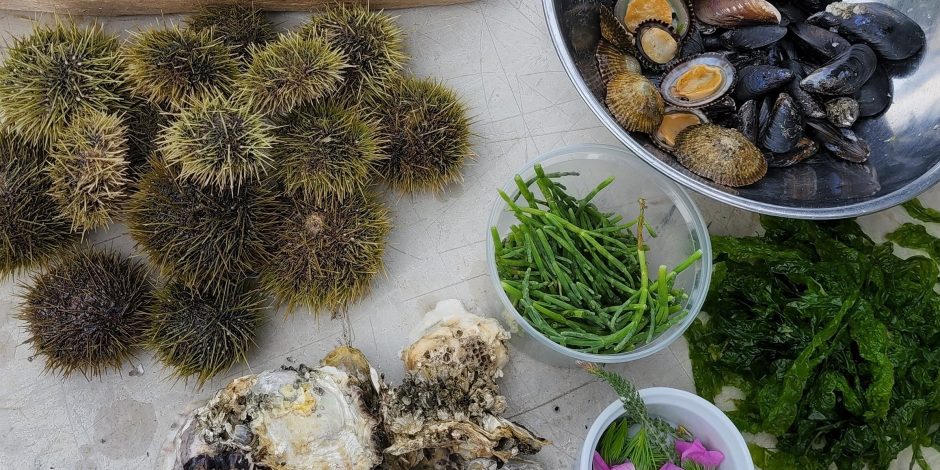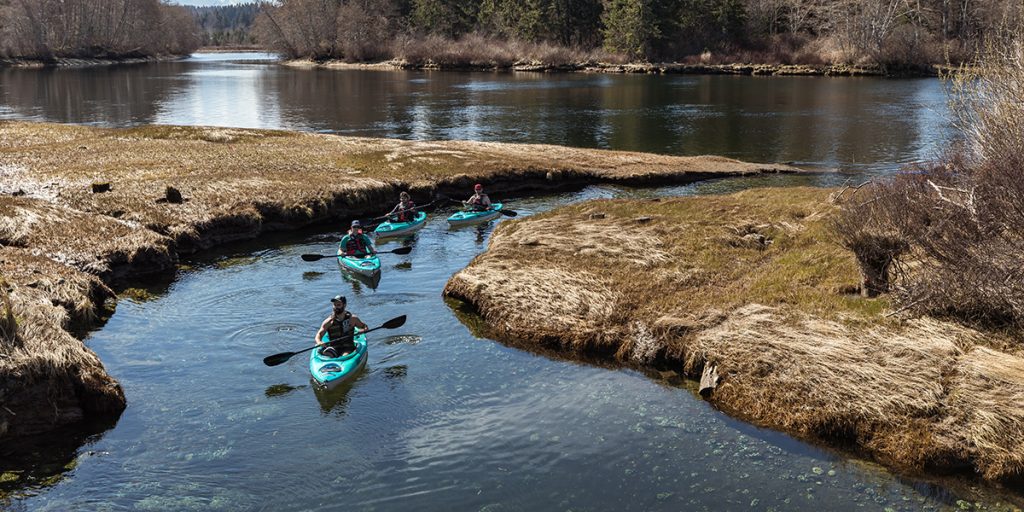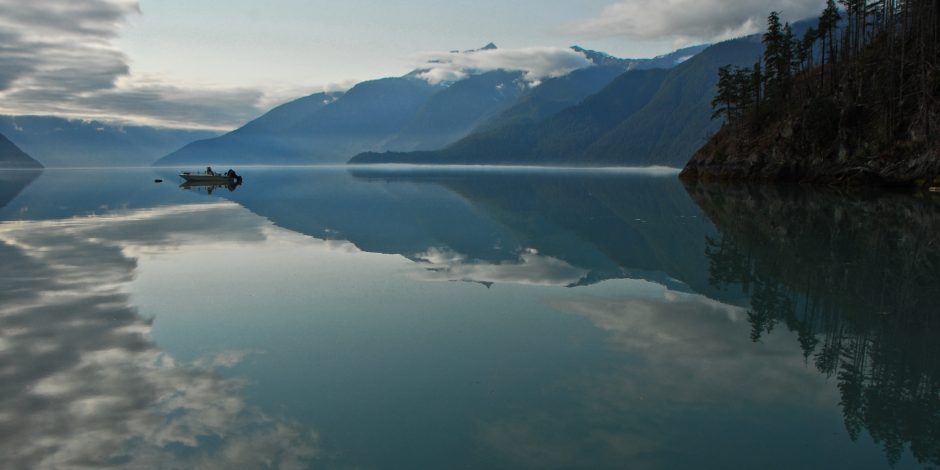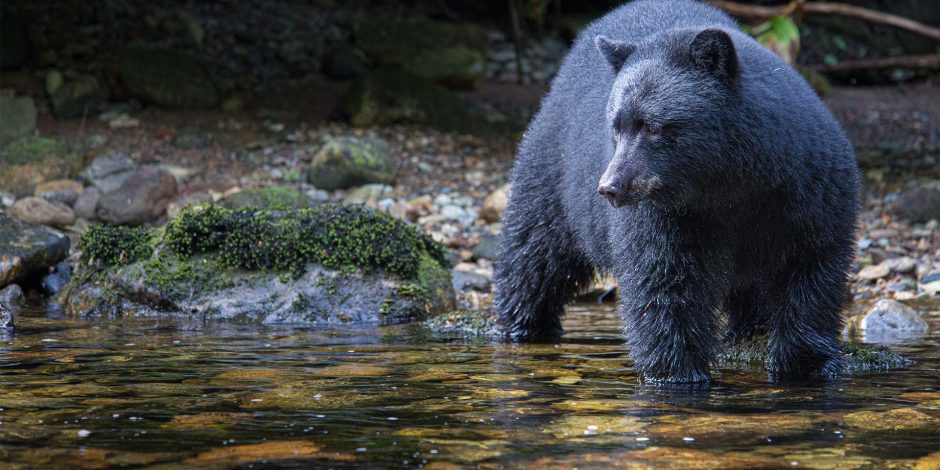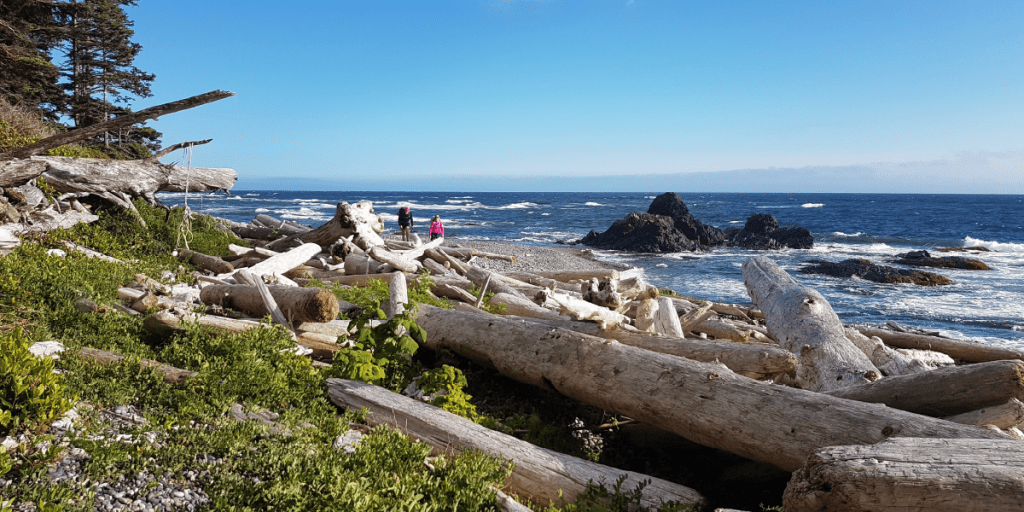We are blessed to live on an island with so much wild food at our fingertips. An outdoor table is spread before us on the shoreline, in the forest, in our own backyard, and every season has its own bounty.
The adventure of harvesting your own food has enormous value. First, the cost benefits of gathering food to supplement your diet make it a worthwhile hobby. As well, the benefit of disconnecting from electronics while building a better connection to the food you eat has a positive impact on your mental health and sparks curiosity about the natural world. And don’t forget the physical benefits of exploring: foraging combines a treasure hunt with exercise.
I love getting out with my young boys and picking huckleberries in the spring, foraging for mushrooms in the fall, and combing the shoreline for shellfish, sea veggies, and edible shoreline plants year round. The connections with the world my sons build will prepare them for a healthy lifestyle and establish good eating habits for their whole lives.
Remember the joy of eating fresh snap peas or carrots right out of your grandma’s garden? Of catching your first fish? The excitement and nostalgia of those pleasures created some of my best memories from childhood. I’m working to shape good food memories in my children, but they’re expanding beyond anything I imagined as a child.
It may surprise you to know that many edible plants are located just outside your front door. This spring, while weeding around our dogwood tree, I pulled out plants that looked similar to young dandelions. To my surprise, sheep sorrel was growing in my lawn. Instead of tossing it in with the lawn clippings, I decided to get some soil and cultivate it. It has a beautiful sour flavour that pairs well with seafood. The best part was that I didn’t have to head out on a huge excursion—it was 10 steps from my front door.
A newly discovered love of mine is something we see washed up on the beach. You can think of seaweed as slimy green stuff that gets in your way when you’re wading, swimming or boating, or you can think of it as oceanic bounty. There are many varieties to find when foraging the shoreline, and it’s easy to start building your confidence using it in your cooking.
This spring I worked closely with a kelp farm called Sea Forest. We were involved in the annual BC Seafood Festival in the Comox Valley. Before that, I hadn’t cooked much with seaweed and was surprised by the simplicity of the methods and recipes. I fell in love with the slimy green stuff.
Blanching a sheet of kelp, shocking it in an ice bath, then making a simple seaweed salad provides a great addition to any dinner table. It’s easy to find kelp beds at low tide and cut delicious pieces to take home. While you’re there, maybe the kids will get their hands dirty and dig for clams, or look for wild asparagus.
Foraging adventures add much more to your memory banks than ordering a meal kit, or standing in line at the grocery store. The whole family can get involved, and the experience will foster a deeper connection to what you eat. When this is the case, there’s less waste, you realize how much effort goes into collecting ingredients, and you want to find ways to use every last bit.
Of course, if you’re foraging, it’s important to properly identify what you’re harvesting. And, if you’re on the beach, make sure you look into regulations and shellfish closures.
It’s easy to get started with a book, a class, or YouTube videos. Find time to go for a walk, and be sure to take a backpack. You’ll be amazed at what you find once you start looking.

